
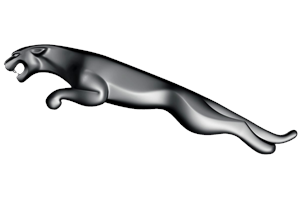

This edition of the Jaguar Mark VII 3.4L is the 4 speed / Manual version and was first brought out in 1950. This was at around the same time as the introduction of the 1951 Jaguar C Type 3.4L and the 1950 Ferrari 195 Inter.This particular Jaguar Mark VII has a 3442cc Naturally Aspirated Petrol powerplant with 6 cylinders in a St formation.
The Mark VII shares its Petrol St6 engine configuration with the likes of the 1965 Aston-Martin DB6 1965 and the . If you're looking for other fast cars which share the Mark VII's Rear Wheel Drive, Saloon combination then how about the 1982 Fiat X1/9 1.5 8V or the 1965 Aston-Martin DB6 1965.
Weighing in at 1676 kgs (3694 lbs) this makes the Jaguar Mark VII 3.4L in the same weight category as the 2023 Ferrari SF 90 XX Spider 4.0 V8 Turbo or the give or take 50kg.
![Audi A1 A1 Sportback 35 TFSI S tronic S line - [2020] image Audi A1 A1 Sportback 35 TFSI S tronic S line - [2020] image](/editionimages/2015.jpg)
The Jaguar Mark VII shares the same bhp with the 2020 Audi A1 A1 Sportback 35 TFSI S tronic S line (148 bhp)
In terms of power the 3442cc 12V St6 engine produces 160 bhp (119 kW) @ 5200 rpm similar to the 2020 Audi A1 A1 Sportback 35 TFSI S tronic S line (148 bhp) or the 2020 Abarth 695 70th Anniversario 1.4 Turbo (177 bhp).
The Naturally Aspirated St6 throws out 195 lb-ft (264.3 Nm) @ 2500 rpm placing it with cars of similar torque performance figures such as the 2020 Audi A1 A1 Sportback 35 TFSI S tronic S line (184 lb-ft) or the 2020 Abarth 695 70th Anniversario 1.4 Turbo (184 lb-ft).
If one combines the weight with power or torque performance for the Jaguar Mark VII you can get a better idea of it's real world performance.
![Triumph Stag 3.0 V8 Convertible Mk2 - [1977] image Triumph Stag 3.0 V8 Convertible Mk2 - [1977] image](/editionimages/993.jpg)
The 1977 Triumph Stag 3.0 V8 Convertible Mk2 (120.3 bhp per ton) has similar Bhp Per Ton stats as the Jaguar Mark VII.
The Jaguar Mark VII has a Power to weight ratio of 95.4 bhp per ton and 116.3 lb-ft per ton. Bhp Per Ton figures of the 1950 Mark VII competing with the 1977 Triumph Stag 3.0 V8 Convertible Mk2 (120.3 bhp per ton) or the 1991 Audi 80 2.8 E V6 Quattro (120.2 bhp per ton).
If you agree with the late great Carroll Shelby then arguably an even better indicator of potential performance, Torque. Use weight as well and you end up with - Torque per ton, with the Jaguar Mark VII generating around 116.3 lb-ft per ton. If you're curious as to what other cars have as much torque to weight then look no further than the 2005 Vauxhall-Opel Astra GTC VXR 2.0 Turbo (141.3 lb-ft per ton) or the 1999 Audi TT 1.8T 225 (141.2 lb-ft per ton).
With a 0-60mph time of 13.70 secs or a 0-100km/h (0-62mph) of 14.2 secs, this made the Jaguar Mark VII 3.4L as fast as the 2005 Citroen C1 1.0 VTR 3dr (13.70 secs) the 1952 Bentley R-Type 4.6 4d Saloon (13.80 secs) the 1967 Volvo P 1800S (13.90 secs) the or the 1955 Jaguar Mark VII M 3.4L (14.10 secs). This Jaguar Mark VII 3.4L is also faster than the 1952 Bentley R-Type 4.6 4d Saloon (13.80 secs) the 1967 Volvo P 1800S (13.90 secs) the 1955 Jaguar Mark VII M 3.4L (14.10 secs) the and the 1976 Ford Cortina Mk4 1600 GL (14.30 secs).
When talking about the performance of the Jaguar Mark VII on the drag strip it can reach a quarter mile in an estimated 17.85 secs @ 76.6 mph. Similar performance down the quarter mile can be found with the the 2015 KIA Ceed GT 1.6 Turbo (17.77 secs), the 2003 MG ZT 4.6 V8 260 (17.78 secs), and the 2016 Volkswagen-VW Golf GTI 2.0 Turbo (17.78 secs).
Modern performance cars are often artificially restricted to 155mph. The 1950 version of the Jaguar Mark VII 3.4L has a maximum speed of 101mph.
If maxing out your car on the AutoBahn is your thing and you're wondering what's faster than the 1950 Jaguar Mark VII 3.4L then how about the 2021 Ford Mustang Mach-E AWD (112 mph), the 2012 Fiat 500 L TwinAir Turbo (112 mph), or the 2011 Dacia Sandero 1.6 16v (112 mph).



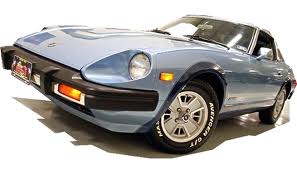
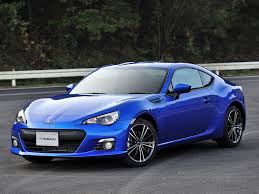
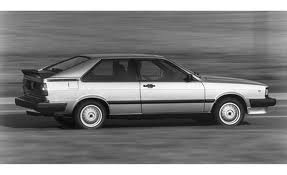


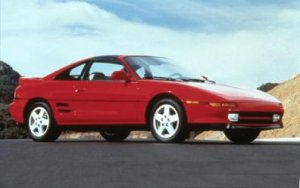

Mercedes C Class 63 AMG Edition 507
Engine: Naturally Aspirated Petrol | 6208cc 32v V8
Top Speed: 174 mph
0-60mph: 4.20 seconds
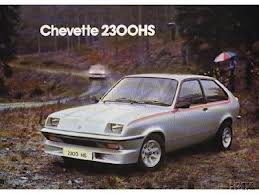
Vauxhall-Opel Chevette 2300 HS
Engine: Naturally Aspirated Petrol | 2279cc 16v St4
Top Speed: 185.0 kph
0-100kph: 8.8 seconds



















